Cinco De Mayo In Mexico: 15 Truths No One Tells You
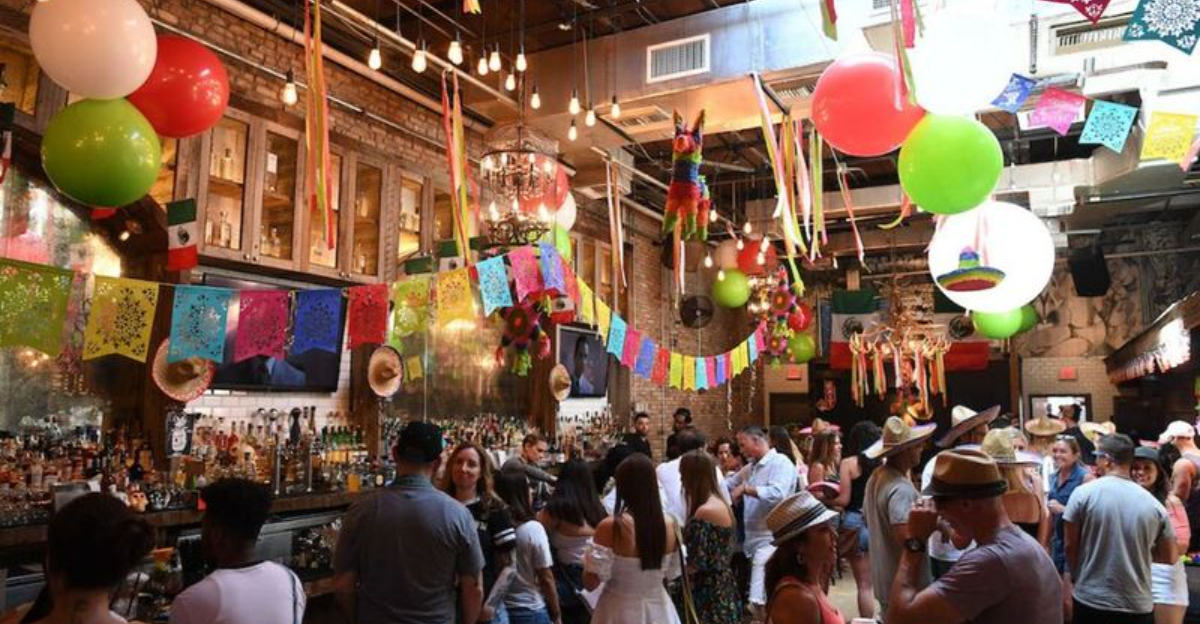
Cinco de Mayo is one of those holidays that’s widely celebrated—but rarely understood. While many see it as a reason to throw a party, its roots run much deeper in Mexican history.
Contrary to popular belief, it’s not Mexico’s Independence Day. Instead, it marks the Mexican army’s unlikely victory over French forces at the Battle of Puebla in 1862. And here’s something you might not know: in most parts of Mexico, it’s a pretty low-key affair. So, what’s the real story behind this colorful celebration?
Let’s dive into 15 truths that will reshape how you think about Cinco de Mayo—from its historical origins to how modern Mexico really observes it.
1. It’s Bigger in the U.S. Than in Mexico
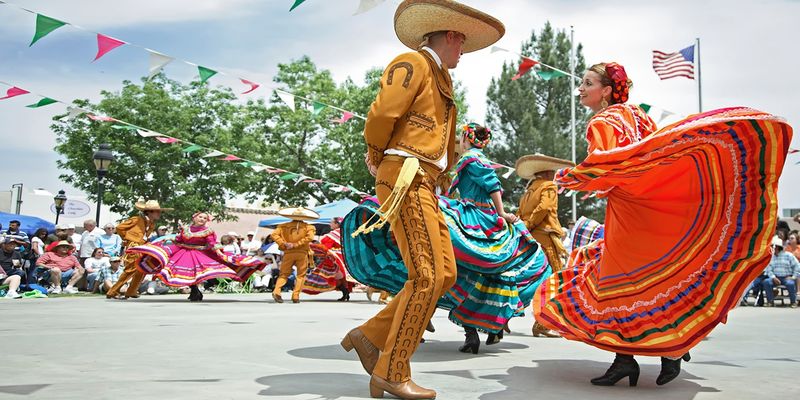
If you think Cinco de Mayo is a major Mexican holiday, you might be surprised. While it holds historical importance, the celebrations are actually more pronounced in the United States. You’ll find large parades, vibrant festivals, and lively parties from coast to coast. In Mexico, however, it’s a more subdued affair outside of Puebla.
How did this shift happen? Mexican-Americans have embraced and expanded the holiday, making it a celebration of Mexican heritage and culture. This has led to a unique blend of traditions that you won’t see south of the border.
When visiting Mexico, don’t expect the same scale of festivities you might find in U.S. cities.
2. Most Mexicans Don’t Celebrate It
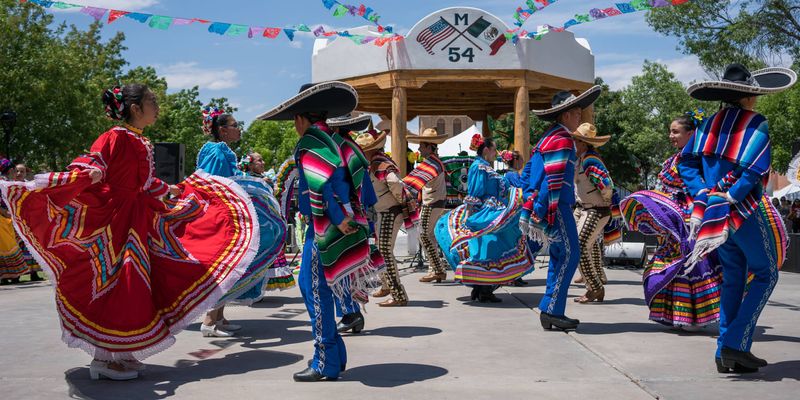
Though one might expect a nationwide celebration, most Mexicans spend the day like any other. It’s not a grand holiday, and many continue with their regular routines. You see children heading to school, adults working, and shops operating as usual.
It’s a day that often catches tourists off guard. They may come expecting grand festivities, only to find life continuing at its usual pace. In essence, outside of specific regions, there isn’t the widespread celebration that many foreigners anticipate.
Hence, don’t be surprised if your Mexican friends seem indifferent to Cinco de Mayo’s passing. For them, it’s just another day.
3. It’s Not a National Holiday
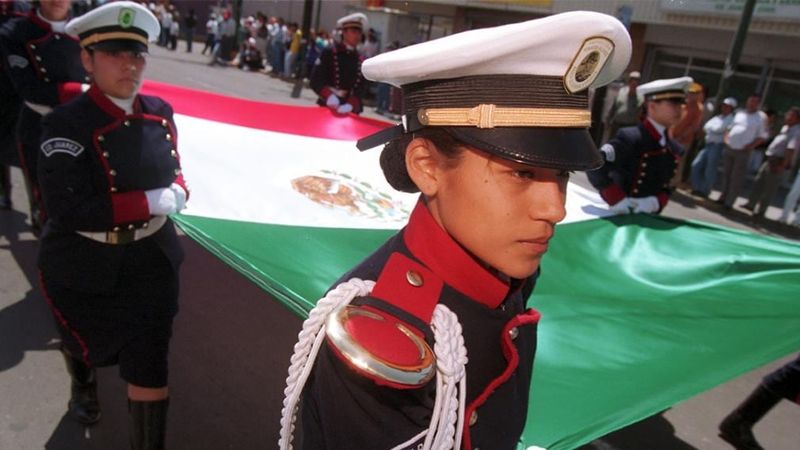
Are you assuming Cinco de Mayo is a national holiday in Mexico? It’s a common misconception. The day is not a federal holiday, so government offices, schools, and businesses remain open. Employees go to work, and kids attend their classes.
It’s a bit like expecting a business shutdown on a regional festivity. While specific areas like Puebla have local celebrations, the rest of the country doesn’t stop.
Did you know that even major Mexican holidays don’t always mean a break from work? Cinco de Mayo fits this pattern, focused more on regional pride than nationwide recognition.
4. Puebla Is the Place to Be

Where should you go if you want to experience Cinco de Mayo authentically? Head to Puebla, the city where the original Battle of Puebla took place in 1862. It’s here that you’ll find genuine celebrations with historical reenactments, parades, and cultural events.
Though most of Mexico goes about its business, Puebla embraces this day with enthusiasm. Locals and visitors alike participate in commemorations that pay homage to the Mexican victory over the French.
It’s a vibrant, historical display, rich with local pride. Visiting Puebla during this time offers a glimpse into how history is kept alive through celebration.
5. Schools Stay Open
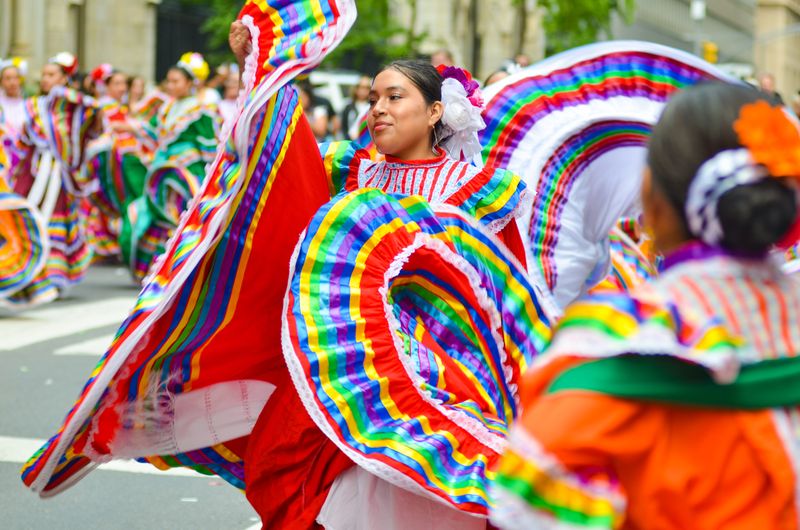
This fact might surprise you: schools across Mexico typically remain open on Cinco de Mayo. Instead of taking a day off, students attend their regular classes. It’s an ordinary school day for most kids, except perhaps in Puebla where local events might take place.
It’s a day that might involve some educational activities related to the historical significance of the Battle of Puebla, giving students a chance to learn about their country’s history in a classroom setting.
When you visit Mexico expecting children to be on holiday, you’ll find them in school, learning and participating in their usual routines.
6. It’s About a Single Battle
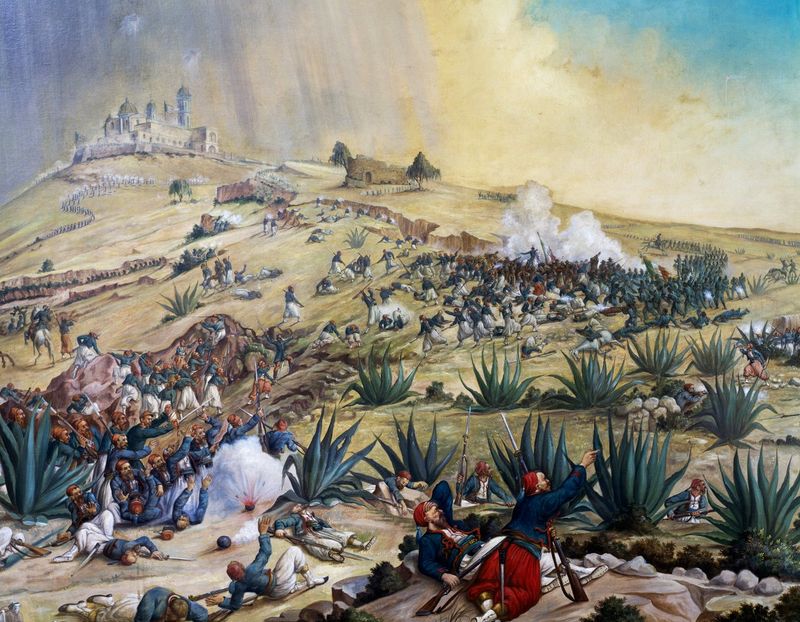
Did you know that Cinco de Mayo commemorates just one battle? It’s about the Battle of Puebla, where Mexican forces defeated the French on May 5, 1862. This victory was significant because it showed the resilience and determination of the Mexican people against a larger, better-equipped army.
However, it’s not about Mexican independence, which is celebrated on September 16. This distinction often confuses those unfamiliar with the history.
Though it was one battle, the morale boost it provided was monumental for Mexico. To this day, it stands as a symbol of courage and national pride.
7. Locals Might Be Surprised You Came for It
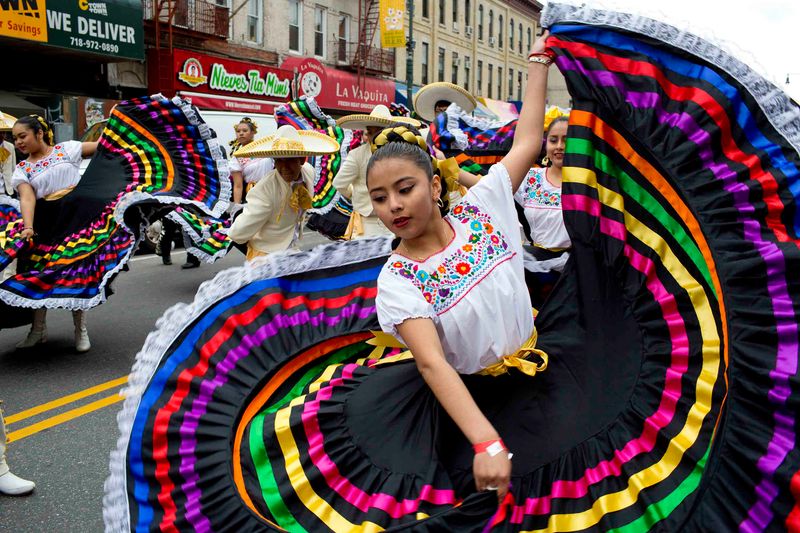
When you visit Mexico specifically for Cinco de Mayo, don’t be shocked if locals are bemused. For many Mexicans, it’s not the highlight of their cultural calendar. Tourists often expect large-scale celebrations, only to discover that the day passes quietly outside of Puebla.
How do locals react? They might smile at your curiosity and explain the historical context, but don’t expect big parties or bustling events.
It’s an opportunity to learn about cultural differences and how certain holidays can take on new meanings across borders. You’ll return with stories about a day that’s both familiar and foreign.
8. Festivities Are Mostly Historical
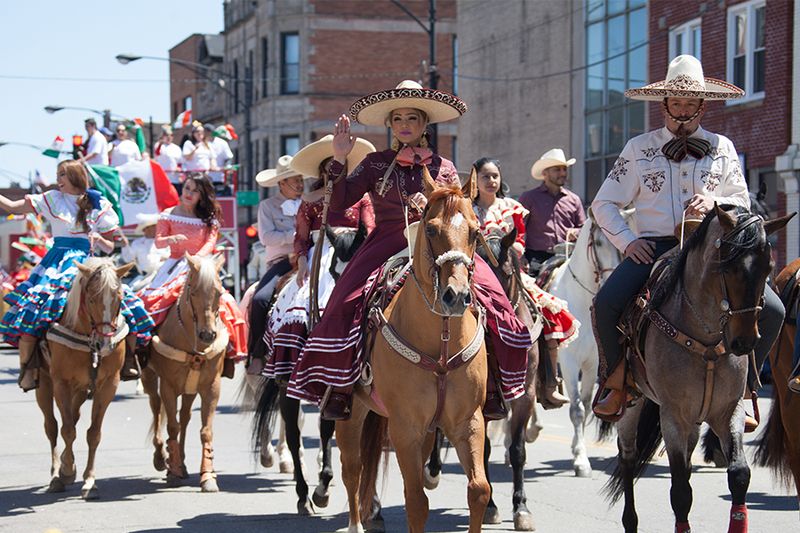
This might catch you off guard: the main festivities of Cinco de Mayo in Mexico are deeply rooted in history. In Puebla, you’ll find parades and reenactments that focus on the Battle of Puebla and its significance.
Though there’s some celebration, it’s far from the modern party atmosphere you might expect. Instead, it’s a chance for communities to honor their past and educate younger generations about their heritage.
If you’re hoping for fireworks and fanfare, you’ll need to shift your expectations. In Mexico, Cinco de Mayo is more about reflection than revelry.
9. There Are No Massive Parades Nationwide
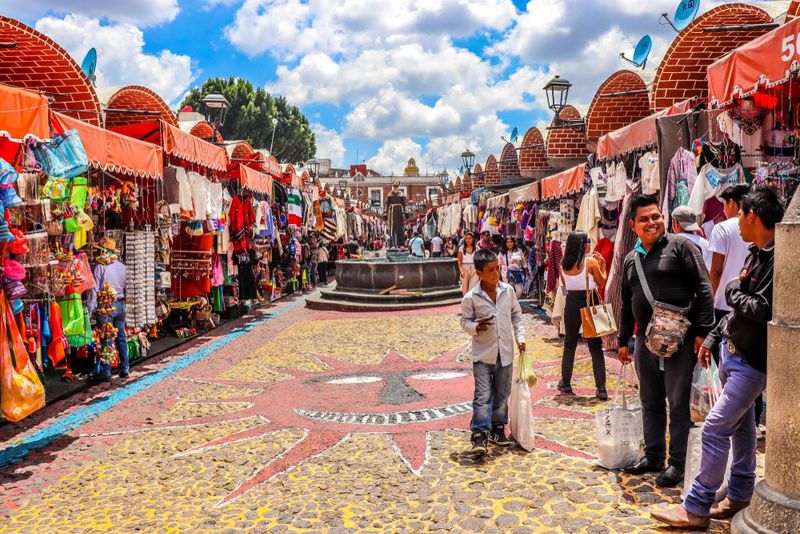
Expecting grand parades across Mexico? You might find yourself searching in vain. Outside of Puebla, Cinco de Mayo doesn’t bring about massive celebrations. Streets are quiet, and life continues normally. The contrast between expectation and reality can be striking for visitors.
If you’ve seen parades in the U.S., it’s a different story in Mexico. You won’t find the same level of public festivity. Instead, it’s a day that passes with little fanfare, except in the regions where historical events are commemorated.
When asking locals, they’ll tell you that the real essence of the day is more subdued and personal.
10. Many Tourists Expect Fireworks—There Aren’t Any
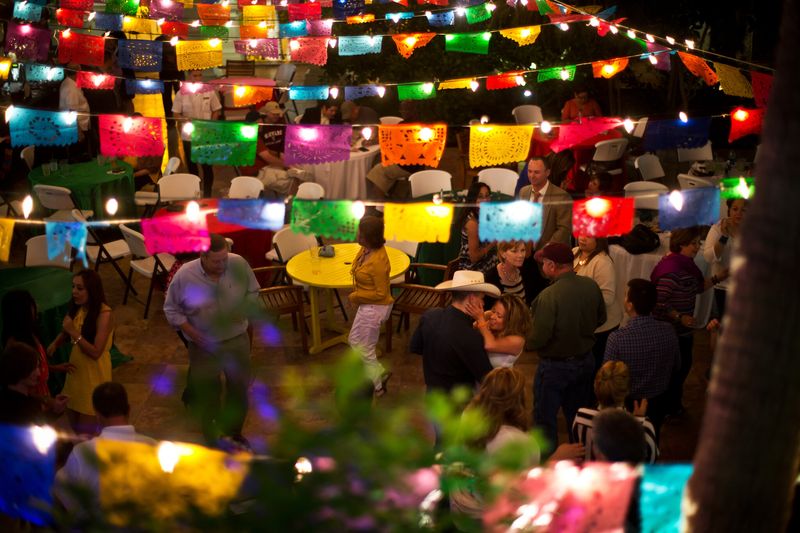
When you think of a holiday, fireworks might come to mind. But in Mexico, Cinco de Mayo doesn’t include the colorful aerial displays that some tourists anticipate.
It’s a day of remembrance rather than spectacle. Tourists may gather in anticipation, only to find a night sky devoid of pyrotechnics. The day’s focus remains on history and pride.
If fireworks are on your agenda, you’ll need to adjust your plans. Embrace the opportunity to explore the cultural nuances that make Cinco de Mayo unique in its own right, without the explosive fanfare.
11. Bars Don’t Always Have Specials
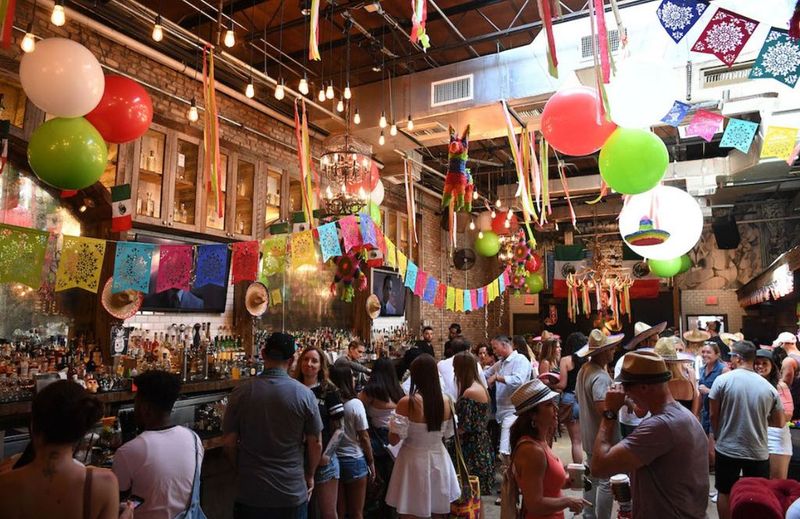
Are you planning to celebrate with a drink? Don’t assume that bars across Mexico will have Cinco de Mayo specials. While it’s a common practice in the U.S., Mexican bars often treat it as any other day.
You can enjoy your favorite beverages, but the themed cocktails and special discounts you might find back home are rare. It’s a reflection of the day’s historical roots rather than commercial opportunities.
Though you might find an occasional nod to the day, it’s not the norm. Focus instead on savoring the authentic experience of a Mexican bar without the holiday hype.
12. It’s a Day of Pride, Not Partying

You might picture Cinco de Mayo as a day filled with parties, but in Mexico, it’s more about pride than partying. Families gather to remember the significance of the Battle of Puebla, focusing on their heritage and history.
While there might be small gatherings, it’s not the rowdy celebration you’d find elsewhere. Instead, it’s a reflective moment, a day to honor past struggles and victories.
When you witness this aspect of Cinco de Mayo, you’ll understand that its heart lies in quiet pride, not loud festivities. It’s a personal and meaningful observance for many Mexicans.
13. Food Is More Traditional, Less “Tex-Mex”
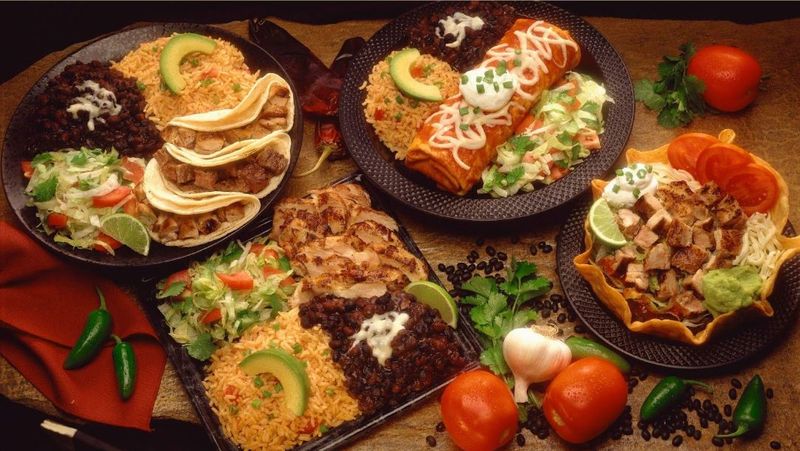
Though you might expect Tex-Mex fare on Cinco de Mayo, traditional Mexican cuisine takes center stage. Households prepare dishes that reflect the rich culinary heritage of the region, showcasing local ingredients and flavors.
Tasting these meals offers a genuine connection to the culture. You’ll find foods that tell a story, far removed from the commercialized versions found abroad.
This culinary experience is a highlight of the day. Exploring traditional recipes, you’ll discover how food plays a vital role in celebrating and preserving Mexican identity on Cinco de Mayo.
14. It’s a Great Day to Learn, Not Just Drink
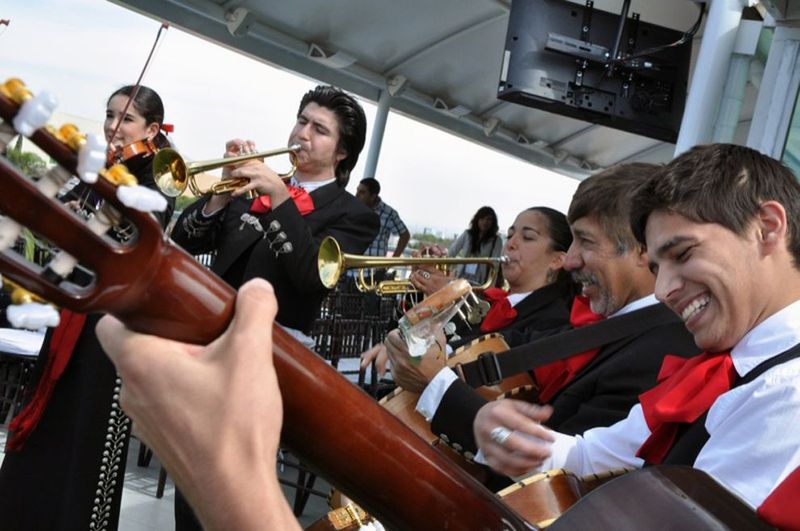
Though Cinco de Mayo might be synonymous with parties elsewhere, in Mexico, it’s an educational opportunity. Schools and communities take the chance to teach younger generations about the significance of the Battle of Puebla.
Learning takes precedence over drinking, with educational events and discussions. It’s a day for reflection and understanding, offering a deeper appreciation for Mexican history.
If you’re in Mexico, seize the chance to participate in these learning experiences. You’ll gain insights into a day that’s about more than just celebration, emphasizing knowledge and respect for the past.
15. You’ll Likely Find More Locals at Work Than Celebrating

When visiting Mexico on Cinco de Mayo, don’t be surprised to find more locals at work than celebrating. It’s not a national holiday, so the day continues with business as usual for most.
Workers go about their tasks, and offices remain open. The festive atmosphere anticipated by some tourists is mostly absent, especially outside of Puebla.
This reality emphasizes how Cinco de Mayo is more a day of recognition than revelry for many Mexicans. It’s an insight into how cultural celebrations can vary widely from one country to another.
